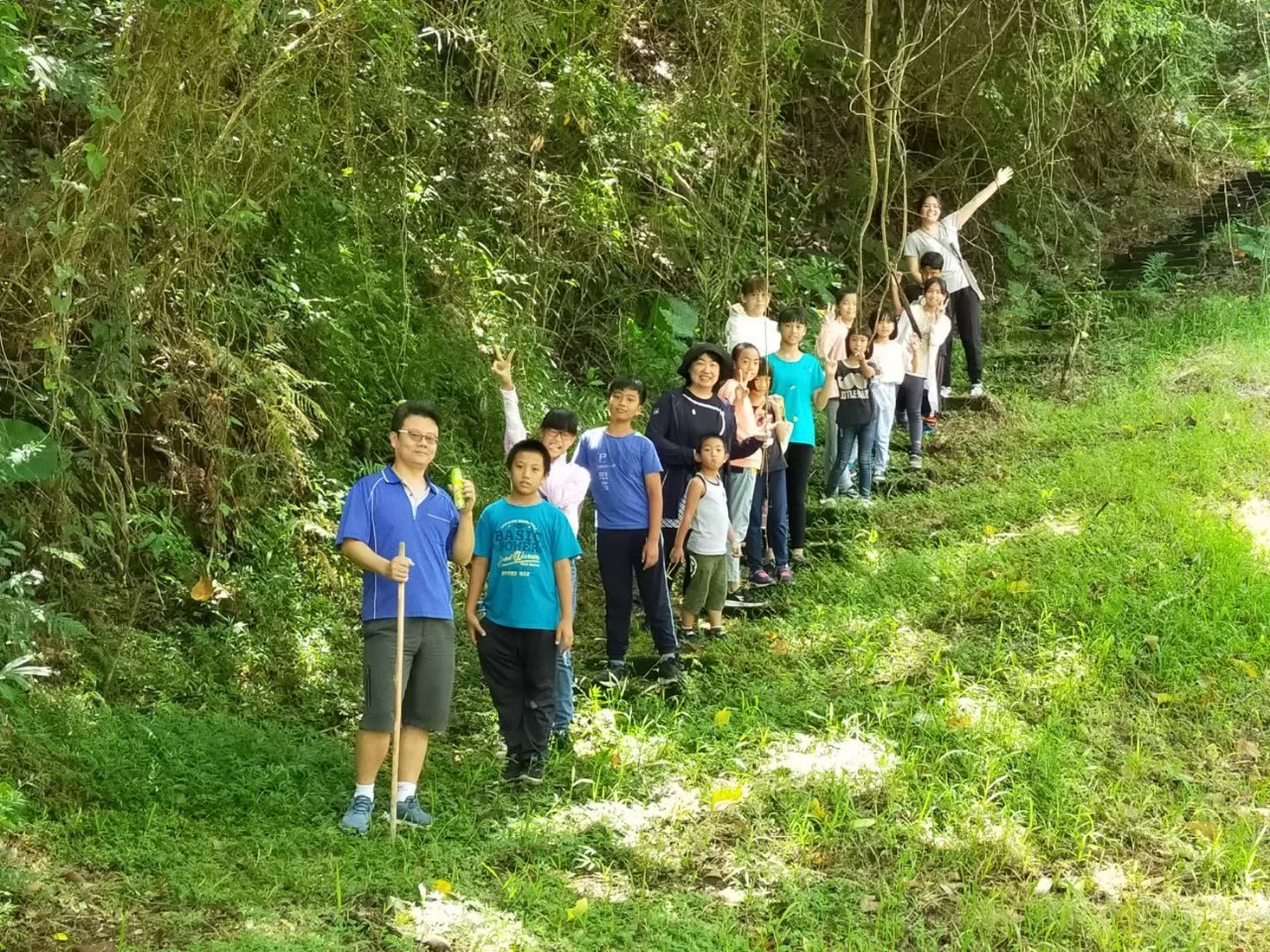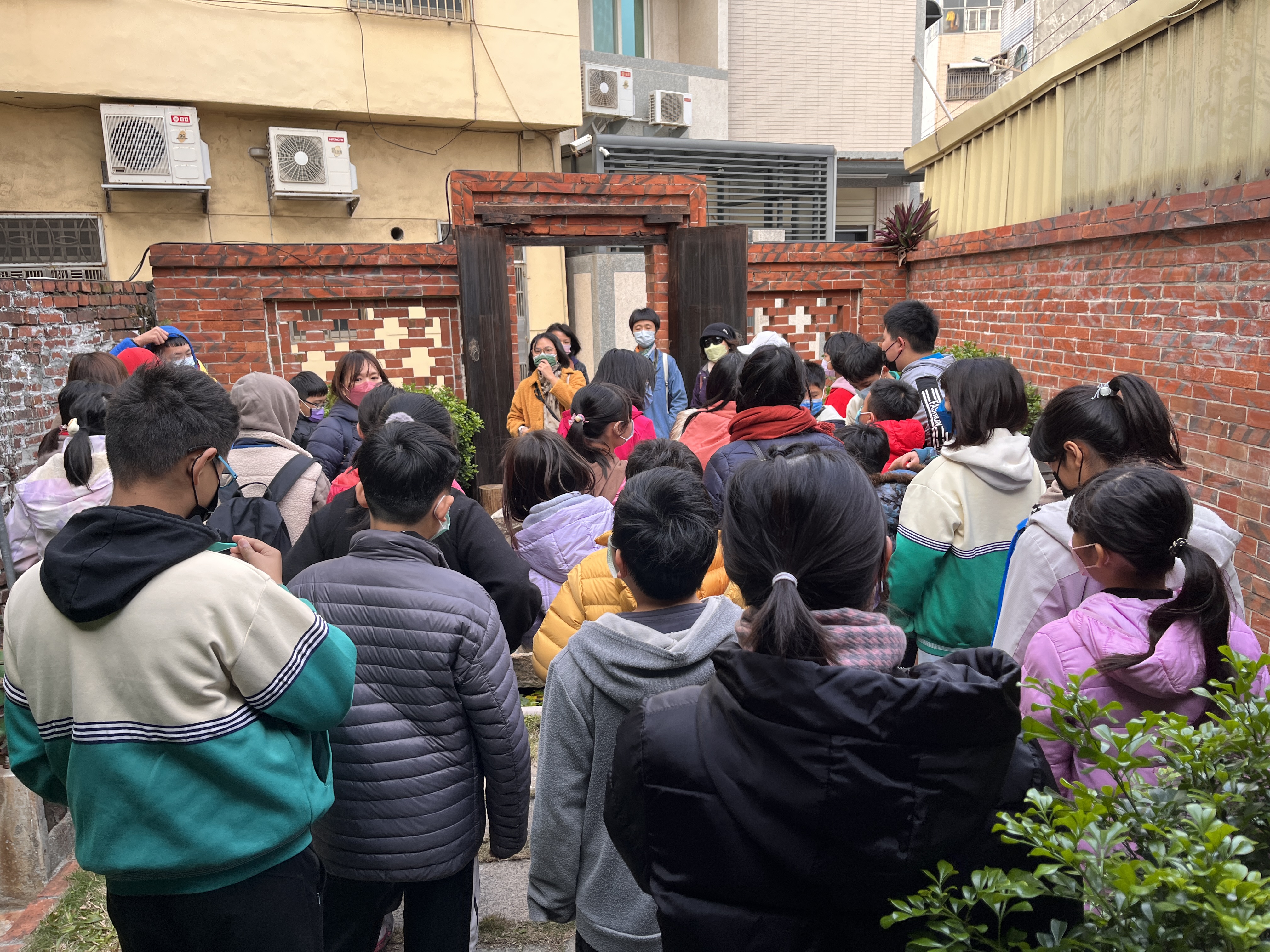Ten years of sharpening a sword moves people across domains
Professor Lin Xiaoyu, co-host of the Cross-Field Aesthetic Education Excellence Pilot Project
The cross-disciplinary aesthetic course refers to "using art media, art concepts, aesthetic elements and art resources as the media, resources, strategies and main axis to activate, assist and integrate the learning of other disciplines to construct "arts as the core" (arts- Based on the program. "I am honored to have been invited to participate in the project since its inception. With ten years of in-depth participation and close observation, I have witnessed the moving trajectory of the course's development in the cross-disciplinary aesthetic project.
First, I have seen the trajectory of interdisciplinary courses from being a vacant course in schools to becoming prominent courses in schools.
There is a sophisticated division of labor in the curriculum of schools at all levels in our country, especially at the secondary education stage. Teachers perform their duties according to their expertise, and the divisions between subjects and fields are clear. The cost of accurate subject division is often clear barriers among teachers, and students lack the experience and strategies to integrate knowledge. They miss the big picture and miss the forest for the trees. It is difficult to cultivate the thinking or mental habits of analogies. When faced with the needs When it comes to integrating sexual literacy for problem solving, it’s often hard to know where to start.
The school team that joins the cross-field curriculum project must truly implement the integration of "art fields" and other "non-art fields" based on the project's positioning of cross-field aesthetic courses. Therefore, the curriculum areas are divided into various levels and scales. Or the way is broken. Some teacher teams use joint preparation meetings to consider areas and subjects that can be integrated in each semester, and bring cross-field courses into formal courses in the school's prominent curriculum; some take stock of appropriate ceremonies or activities for each semester to integrate the connotation of cross-field courses embedded in the school’s informal curriculum. For example, the design of Guanyin Elementary School in Hualien County "Guanyin‧Music-The Sound of Mountains and Rivers” course, taking advantage of the school’s geographical location between Guanyin Mountain and Xiuguluan River, integrates natural environment education, environmental issues, language, and social fields into ukulele and singing courses, and cultivates students to express their feelings about the school through lyric creation Special emotions; Lesson plan designed by Guoxi Elementary School in Nantou County "tea fragrant harp rhyme music sound"Extending the school-based tea ceremony curriculum, adding local language and ceramics courses, cultivating students' patience and perseverance personality traits through the handicraft process.

Guanyin Elementary School in Hualien CountyGuanyin‧Music-The Sound of Mountains and Rivers"course 
Guanyin Elementary School in Hualien CountyGuanyin‧Music-The Sound of Mountains and Rivers"course
Secondly, I saw that the teacher team went from being unsure about what a cross-domain course should look like to confidently producing their own cross-domain aesthetic course.
At the beginning of the implementation of the cross-field aesthetic education course plan, the planning team and teachers from the cooperative schools were at a certain level of confusion. They thought about how to implement the abstract cross-field aesthetic education course; some were afraid of what they thought. Deviating from the spirit of the plan, some are afraid that the original curriculum structure will be broken and there will be no way to remedy it. Fortunately, through the course of curriculum practice, the partner schools have become aware of the diversity and organic forms of cross-field aesthetic courses. Especially based on the step-by-step implementation of curriculum development scaffolding such as the "Cross-field Aesthetic Education Curriculum Module", the tangible and intangible support of various course audio-visual materials, and teacher sharing and workshops, I see that the teacher team has never been unsure about cross-field What the course should look like, to the trajectory of confidently producing its own aesthetic cross-domain courses.
For example, the teaching team of Ludong Elementary School in Lukang Town, Changhua County combines the visual arts, music, and performing arts subjects in the art field, the non-arts Chinese language, mathematics, social studies, comprehensive, and science and technology fields, multiculturalism, reading, gender equality, Human rights, food and agriculture education and other issues, and connect with Lukang Jasmine Humanities and Environmental Education Center and other institutions to develop a variety of special courses, allowing students to deeply experience the various customs of Lukang through the courses.
「The decryption god of Nanyin is very big"Bring out the three things of Lukang - "many monuments, many snacks, and many crafts", use Lukang's "Yuqu Palace" to introduce students to the local characteristic music "Nanguan", and learn about the entertainment Kanda Marshal and "Leshen" ; Use the carved beams and painted buildings of ancient temples to practice observing the life scene, providing an exploration field for visual art classes; use ancient proverbs to unlock the daily lives of ancestors, decipher myths and legends, use music to explore issues of gender equality, and understand the social background of each era.
「The rationality and sensibility of π"Continue to use deciphering the numbers of musical instruments to bring out pi, leading students to understand the rationality and sensibility of mathematics. Using pi numbers as pitches, the harmonic progressions of Am, Dm, C7, and G7 are introduced to guide students to write a song about pi in the key of A minor. On Pi Day on 3/14, students will be arranged to make exotic salty pies, design a pi game, and experience pi day and other activities.
「School is back to school", based on the children's novel "One Year's Cherry Blossom Class Begins" written by Ling Yue, a descendant of the Ding family in Lukang, from her own experience growing up in the 1930s to 1950s, and combined with "April Watching the Rain" by Deng Yuxian of the music department, it pushes the memory back to the past era. , hearing about the helplessness of Taiwanese people who have experienced the Japanese occupation, martial law, confusion of identity and other signs of the times.
「The COLORs SHINE in my HOMELAND", with "color" as the core, connecting "skin color, race", "tone color", "style, color", "color", "national flag", "interest", "prejudice (with colored glasses)" ” has multiple meanings.
Other trajectories I have observed include "curriculum development from top-down to bottom-up", "teachers from being used to working alone to having a deeper connection with the school", "teachers in the art field from being on the margins of the school" to the main planners and executors of the project", "the teacher community has changed from being forced to establish to diversified self-organization", "curriculum development has changed from passive acceptance to active development by breaking inertia"... Perhaps the aforementioned classroom scenery and curriculum development trajectories are still lacking in some schools, and perhaps these efforts are still limited to a few individuals, but we believe that these scenes that show the beautiful, gratifying and exciting curriculum development will drive and exaggerate. It can add deeper educational connotation to students’ learning.
"It takes ten years to sharpen a sword to move people's hearts across fields." The cross-field aesthetic education course has entered ten years. What sharpens the sword is the quenching of time and the power of collective efforts. The original intention and original intention are nothing more than helping students become A belief that is more spiritual, more emotional, more confident, and more able to pursue the well-being of oneself and others!





